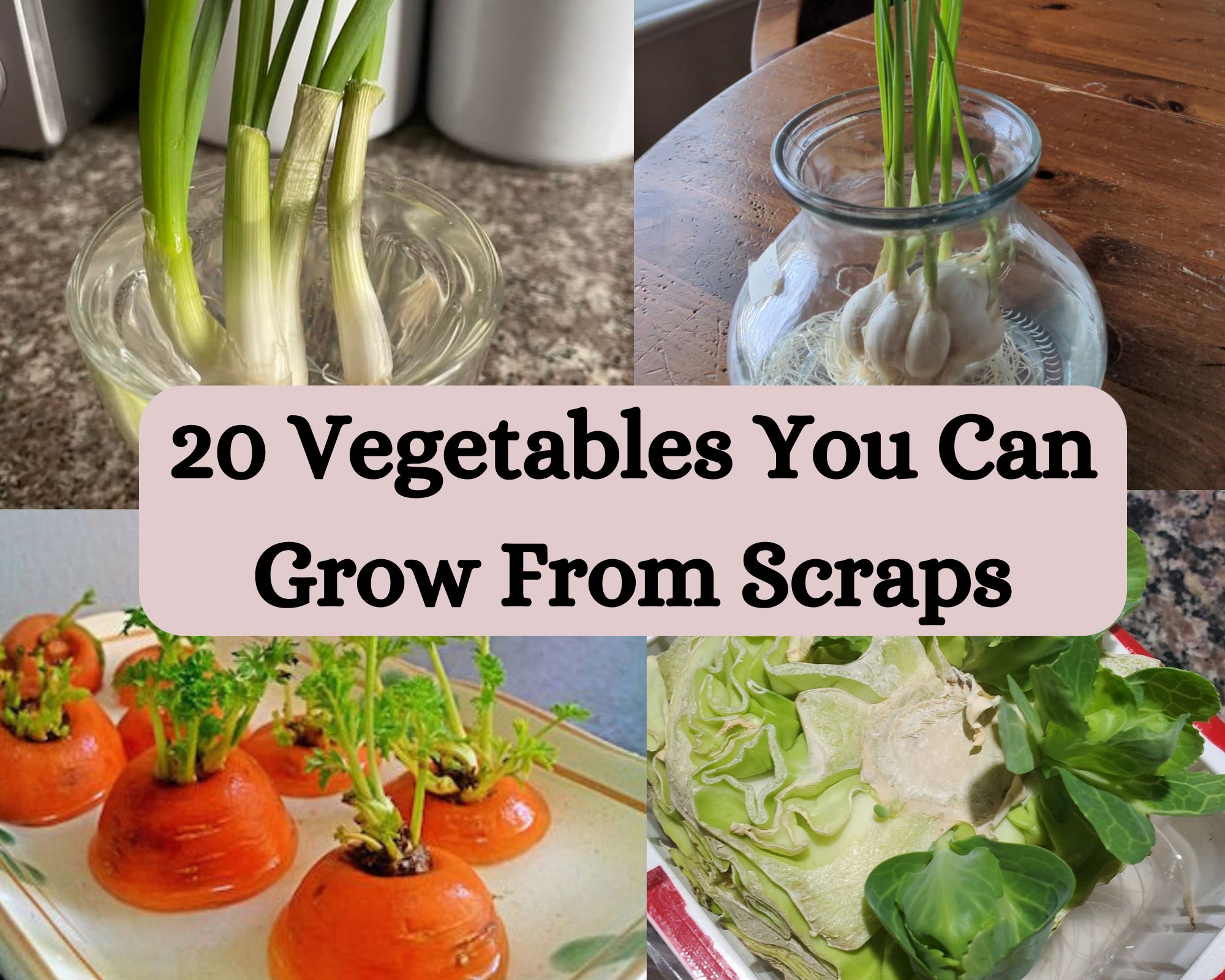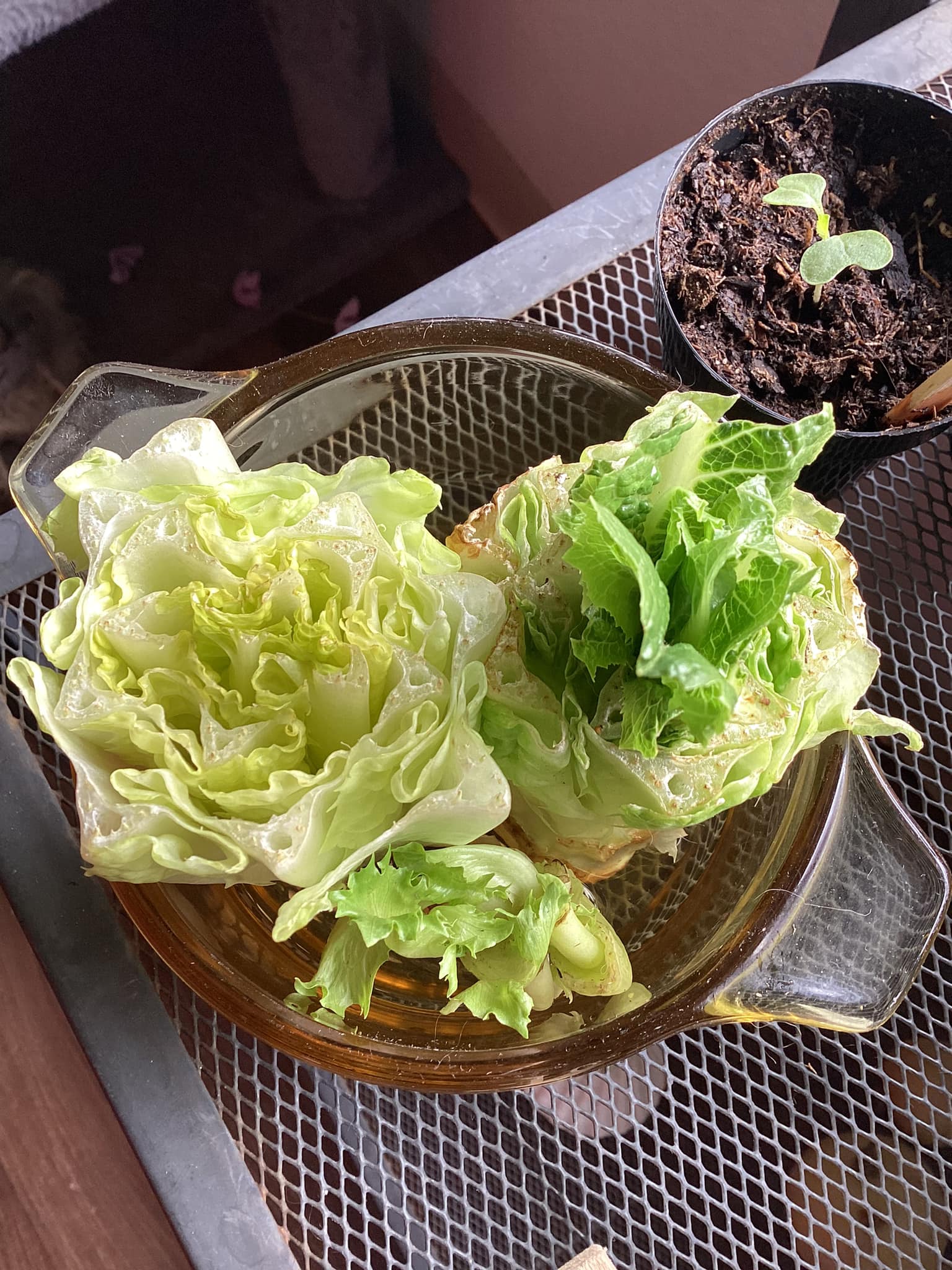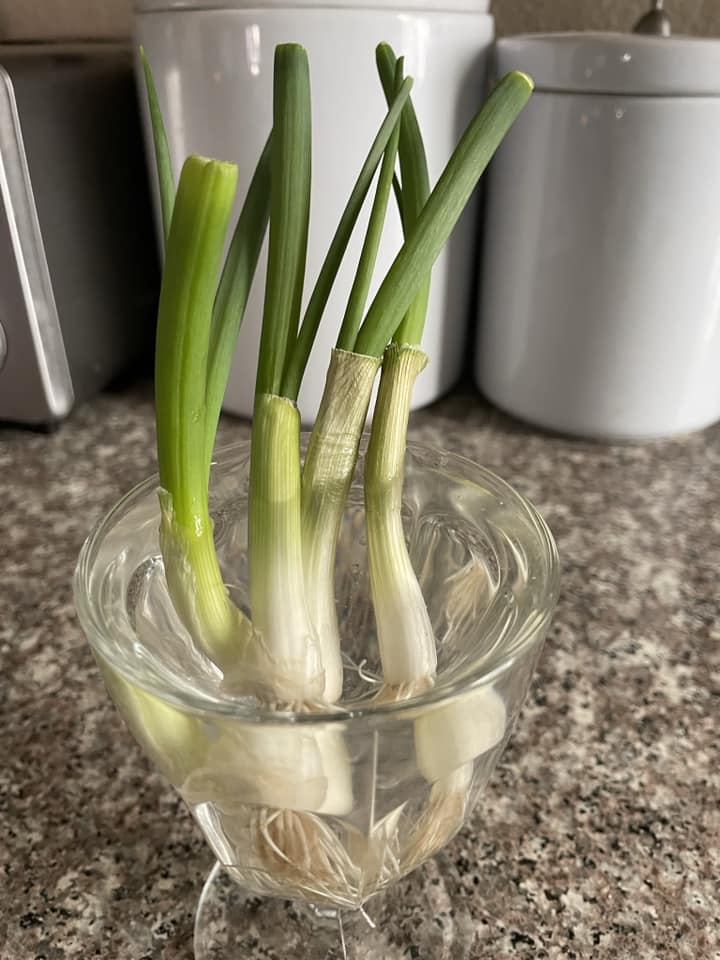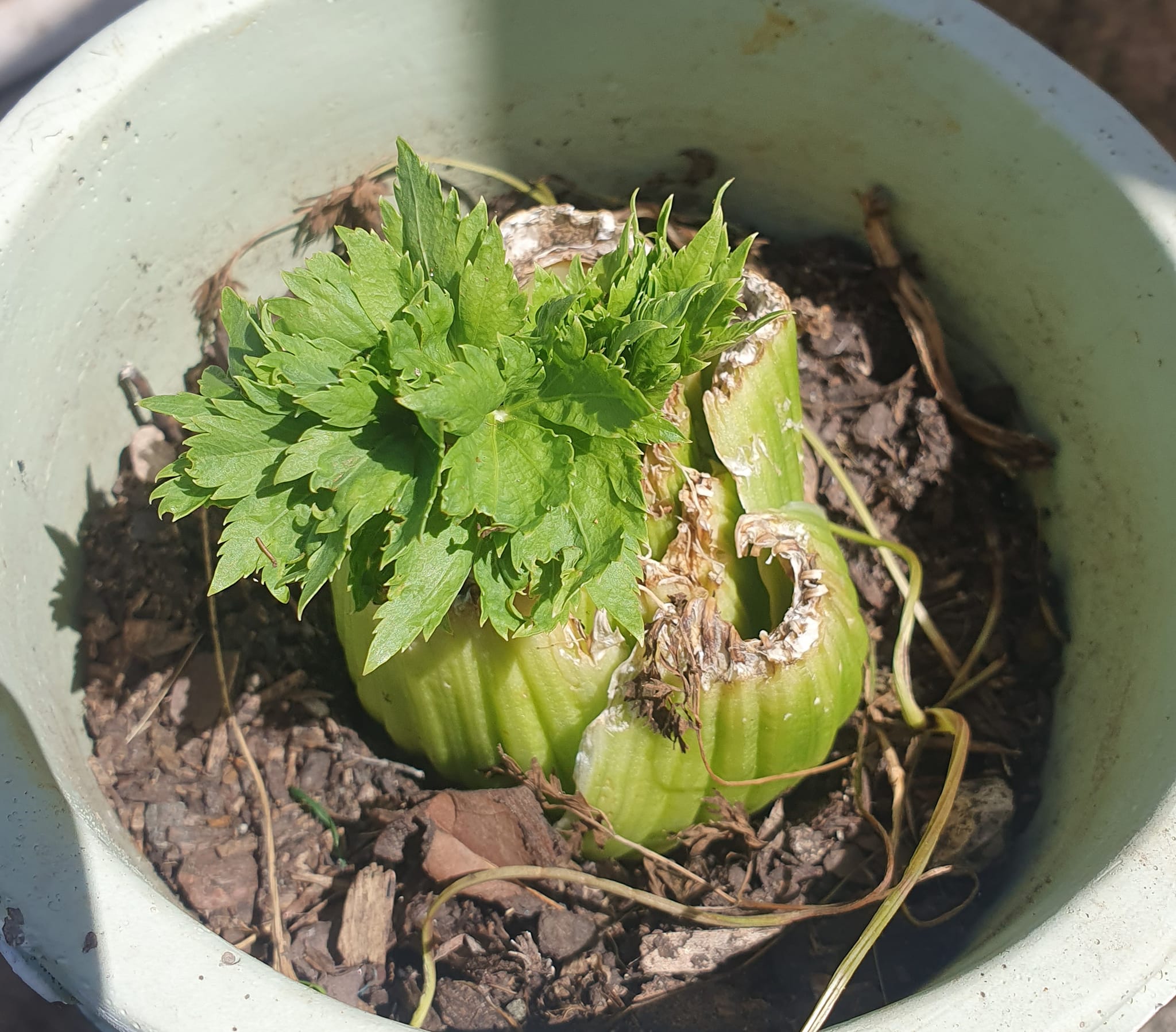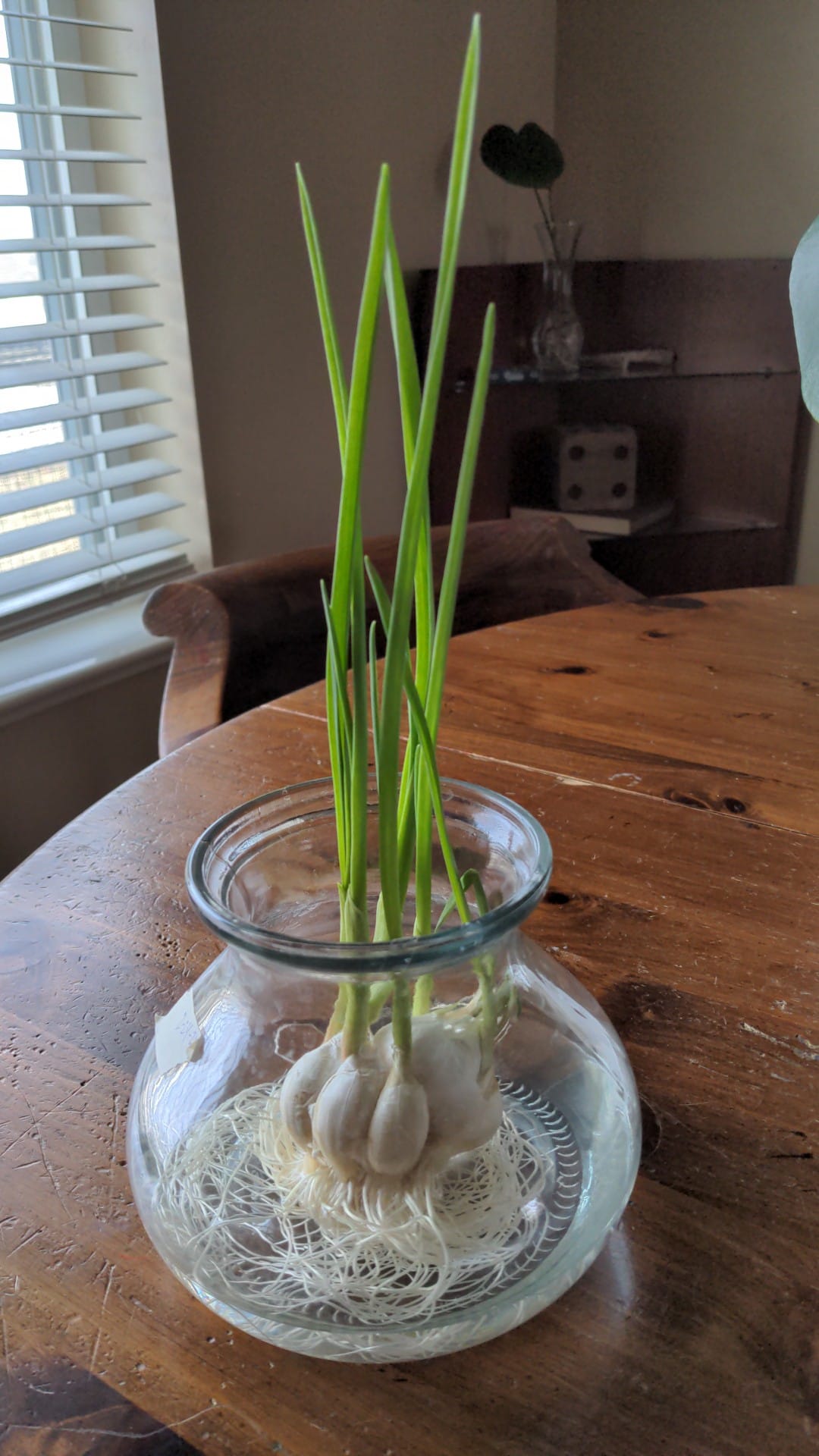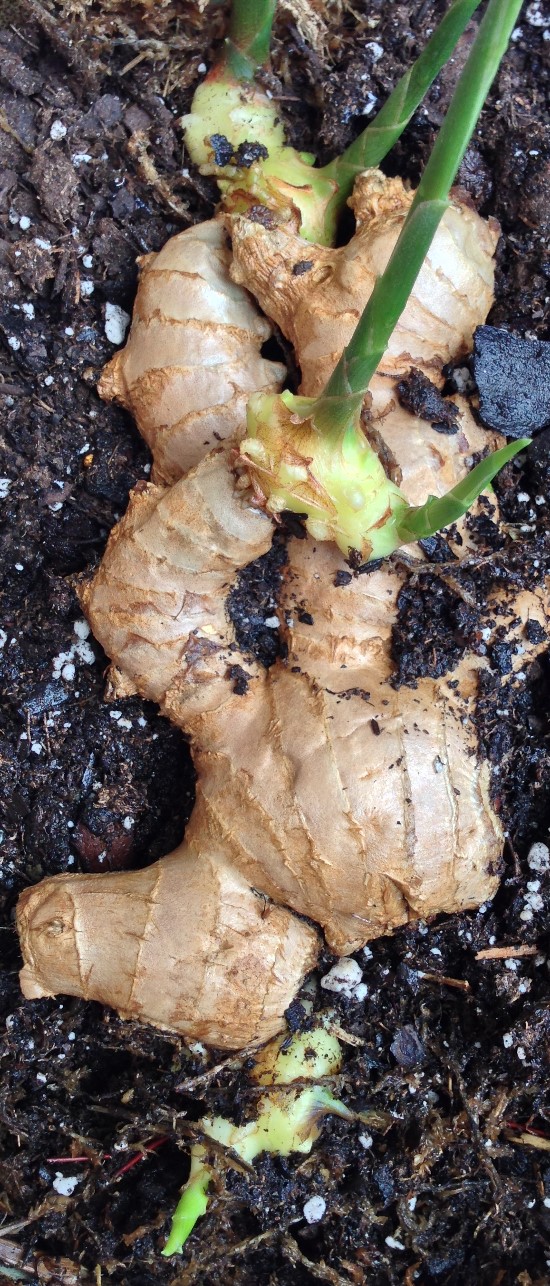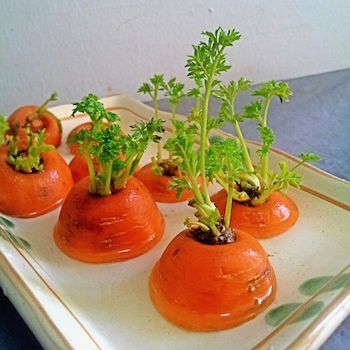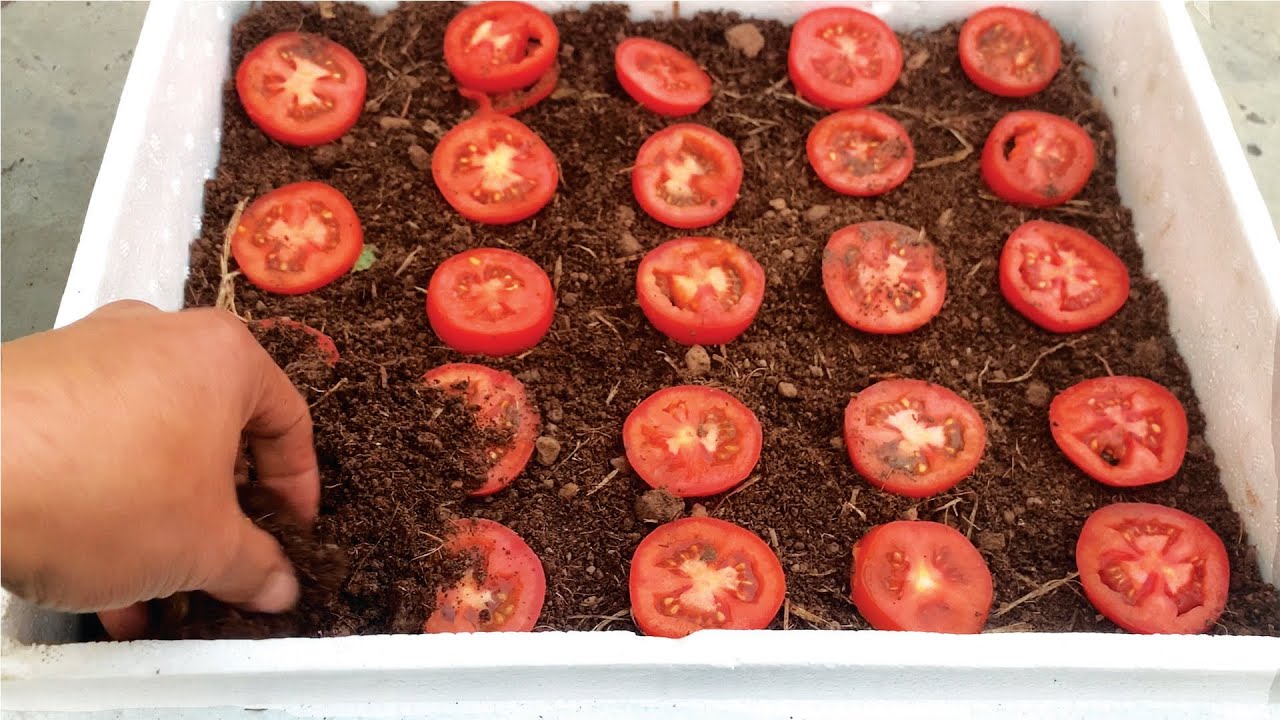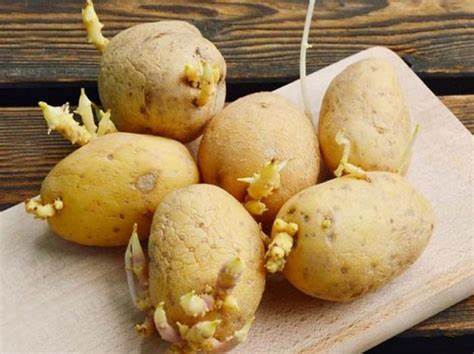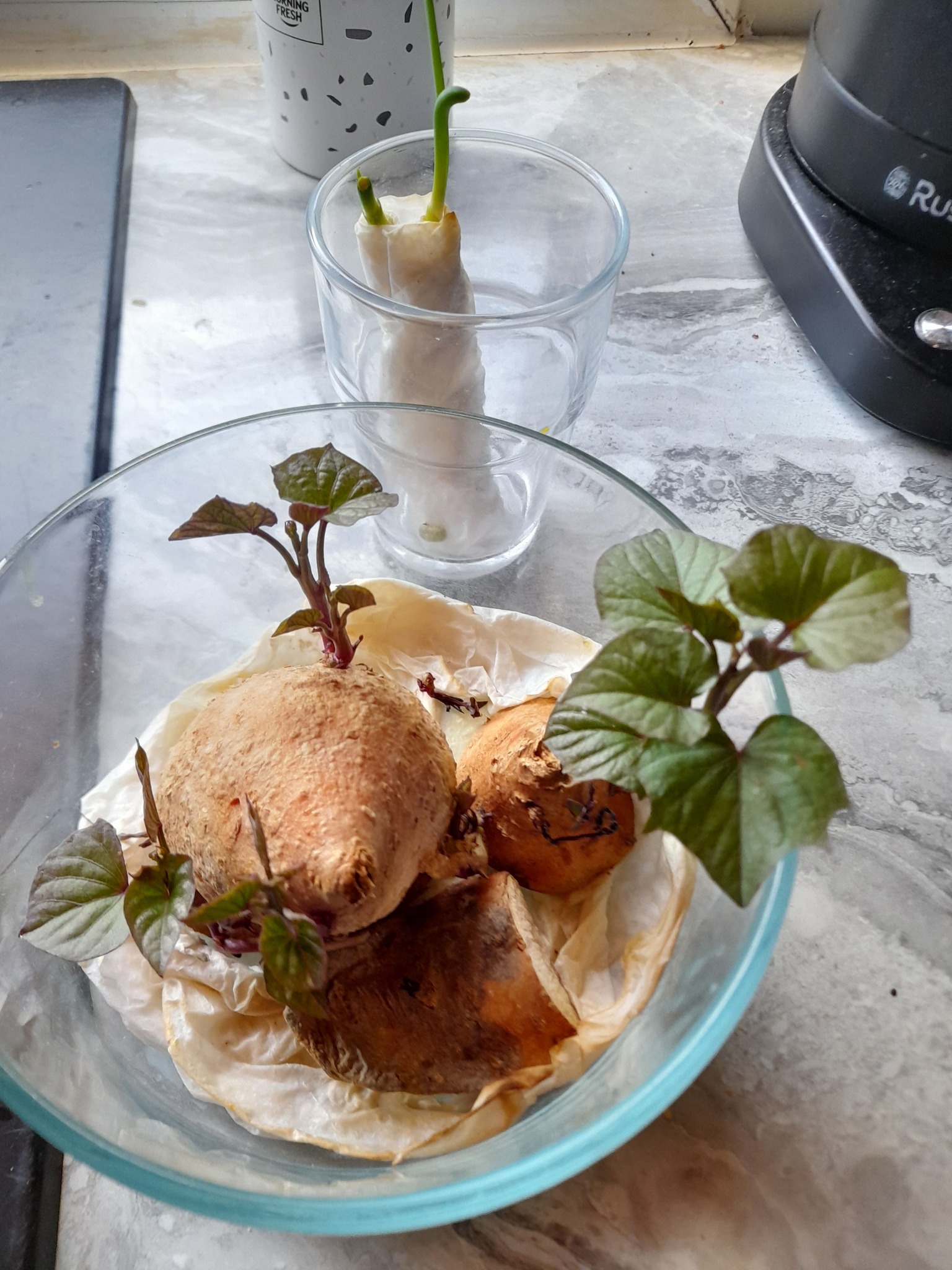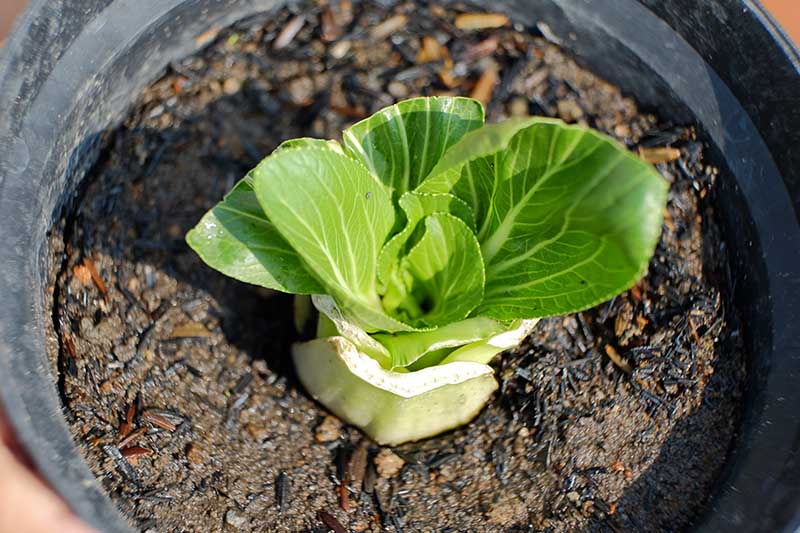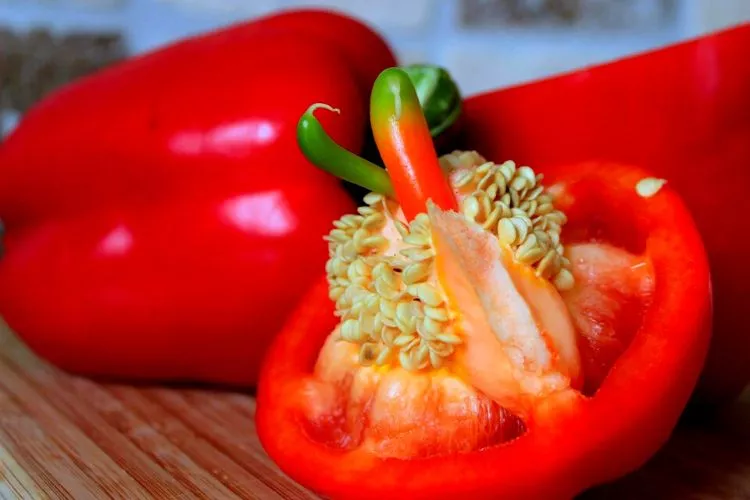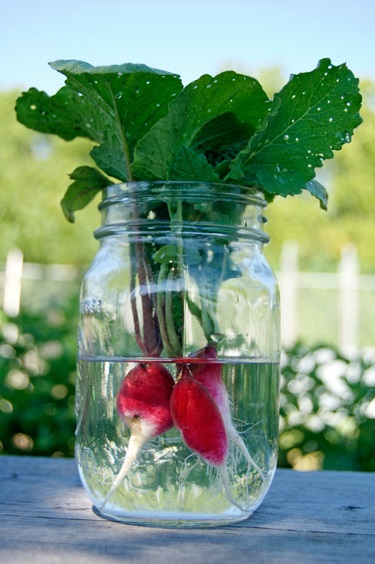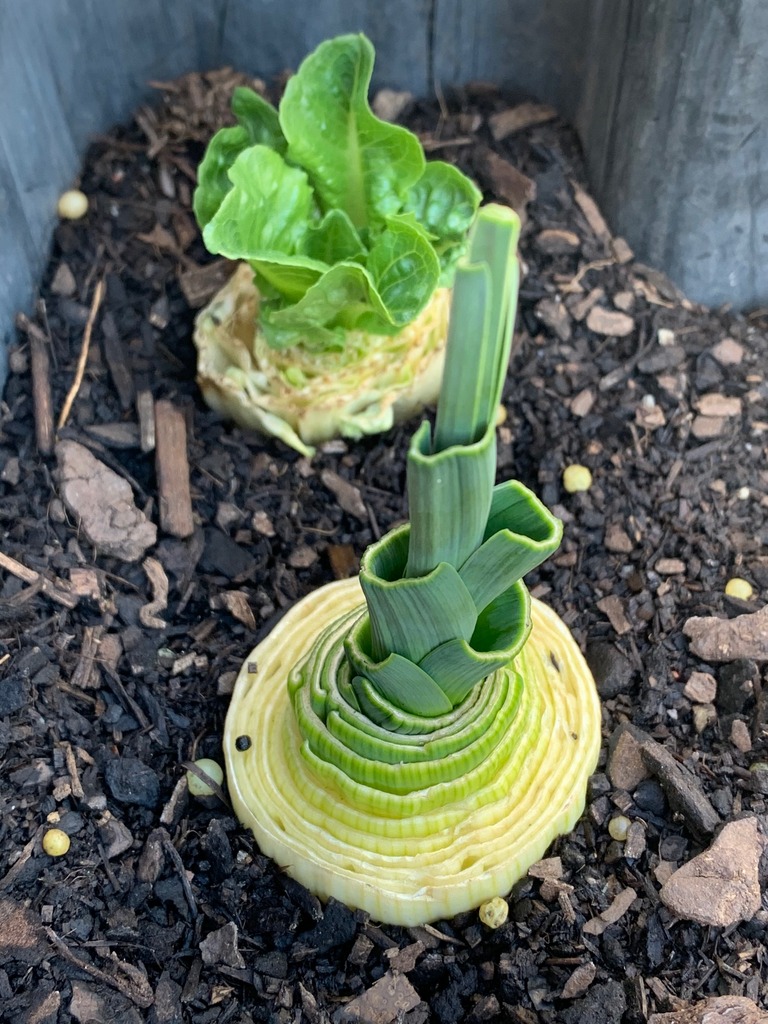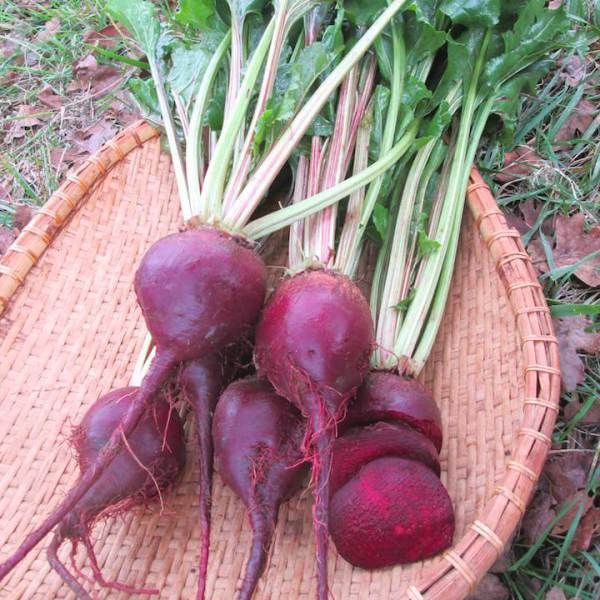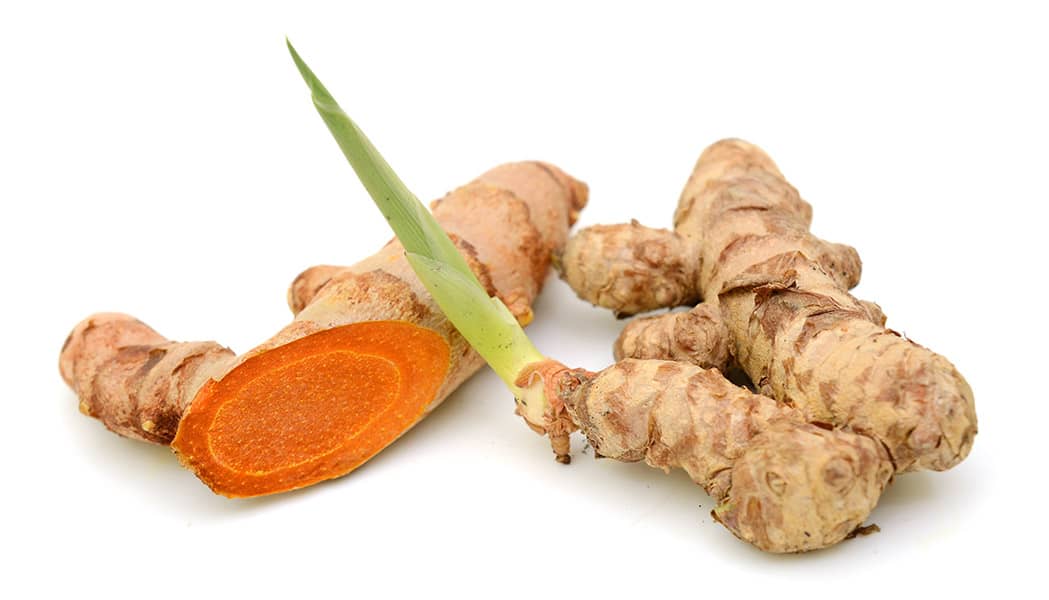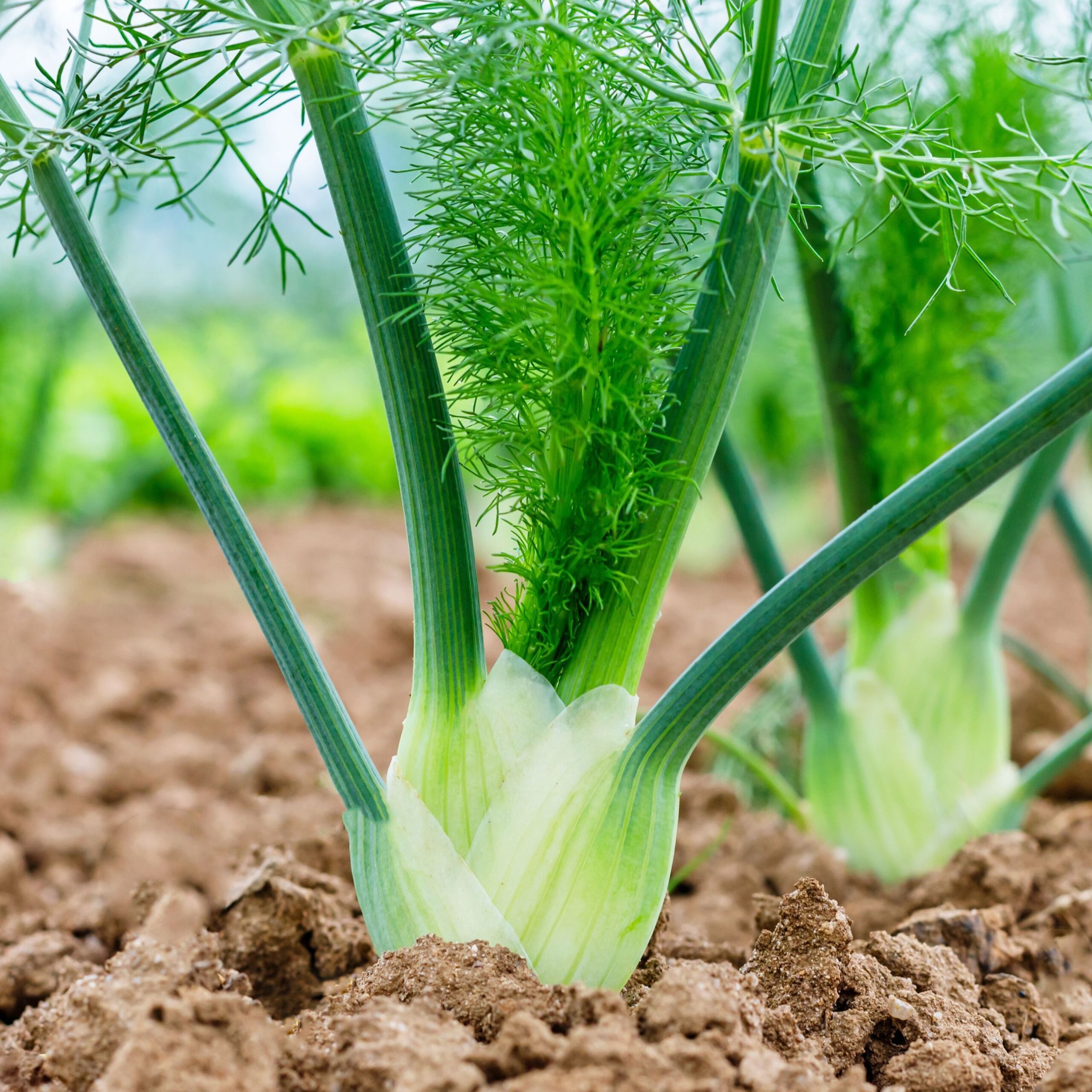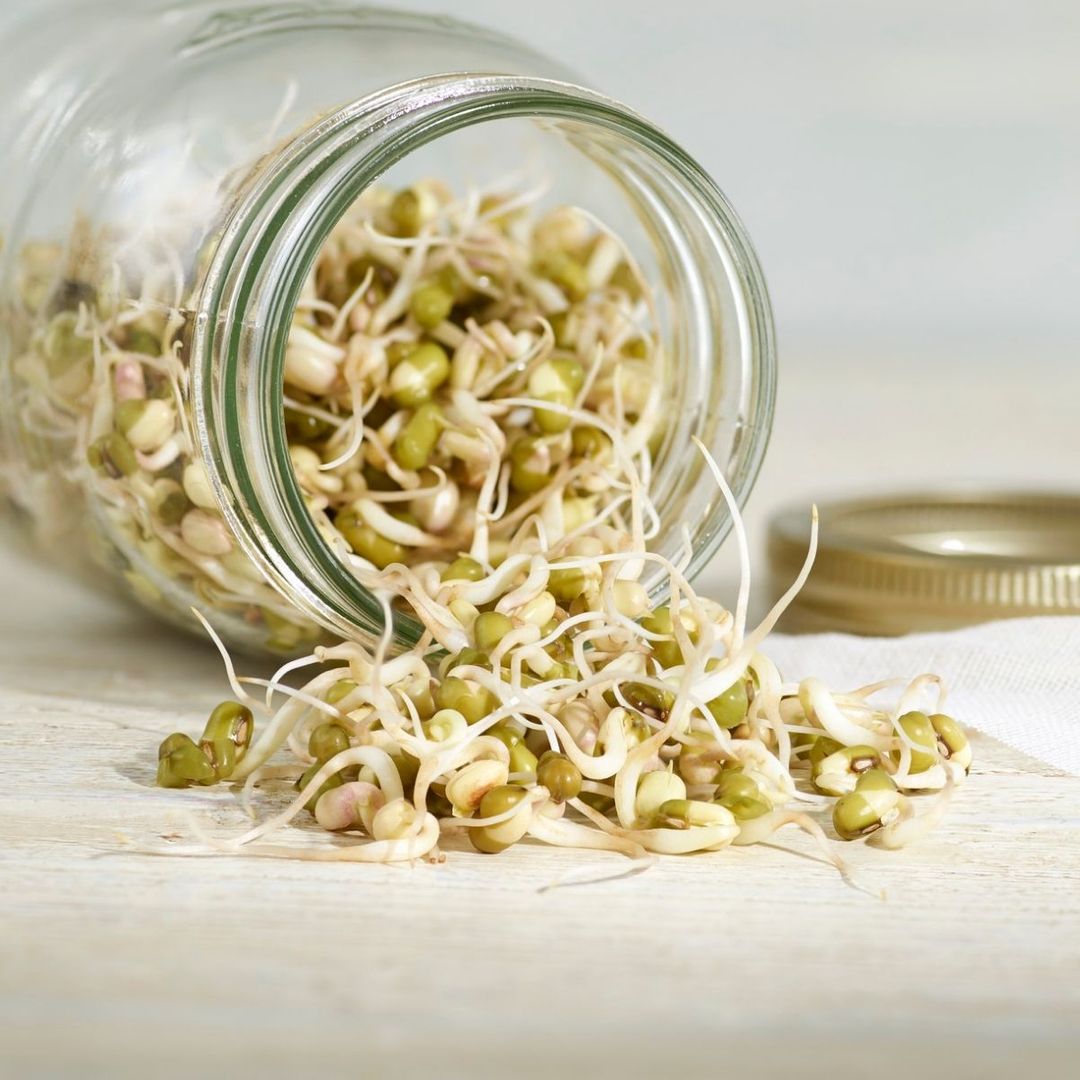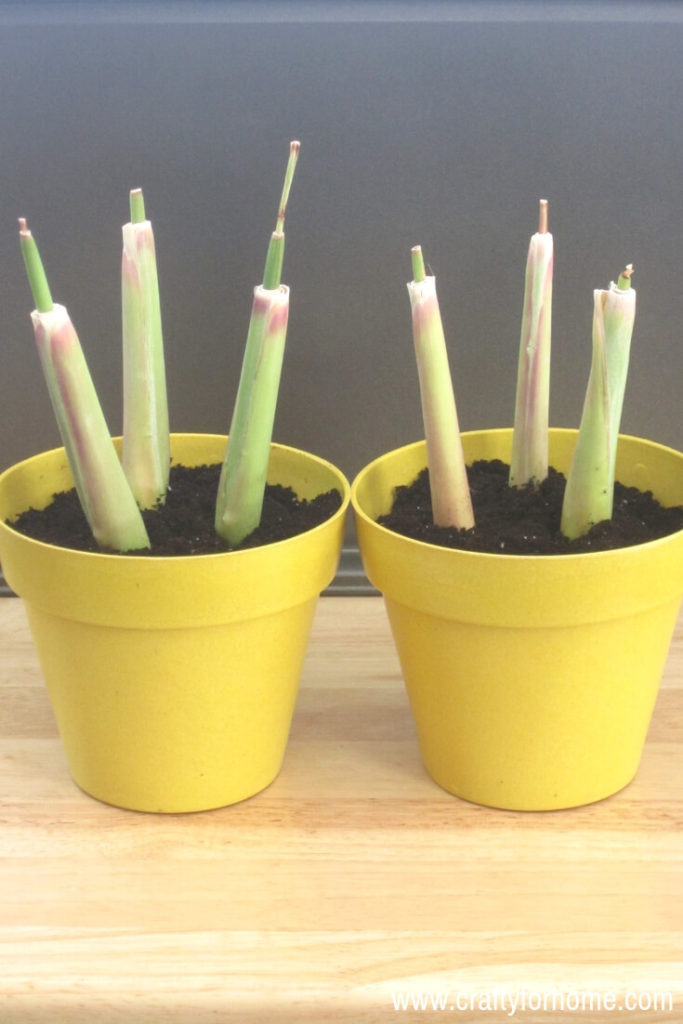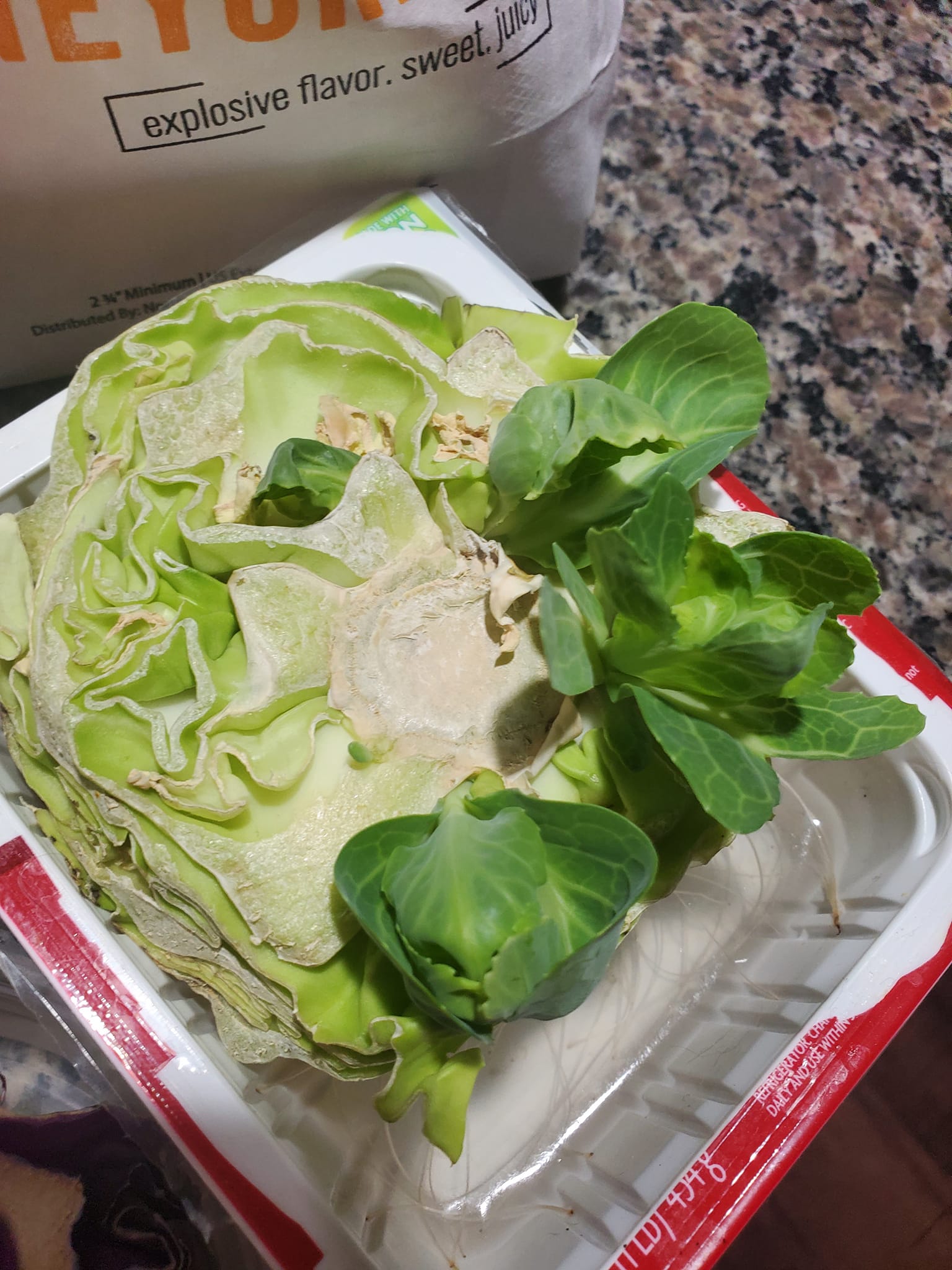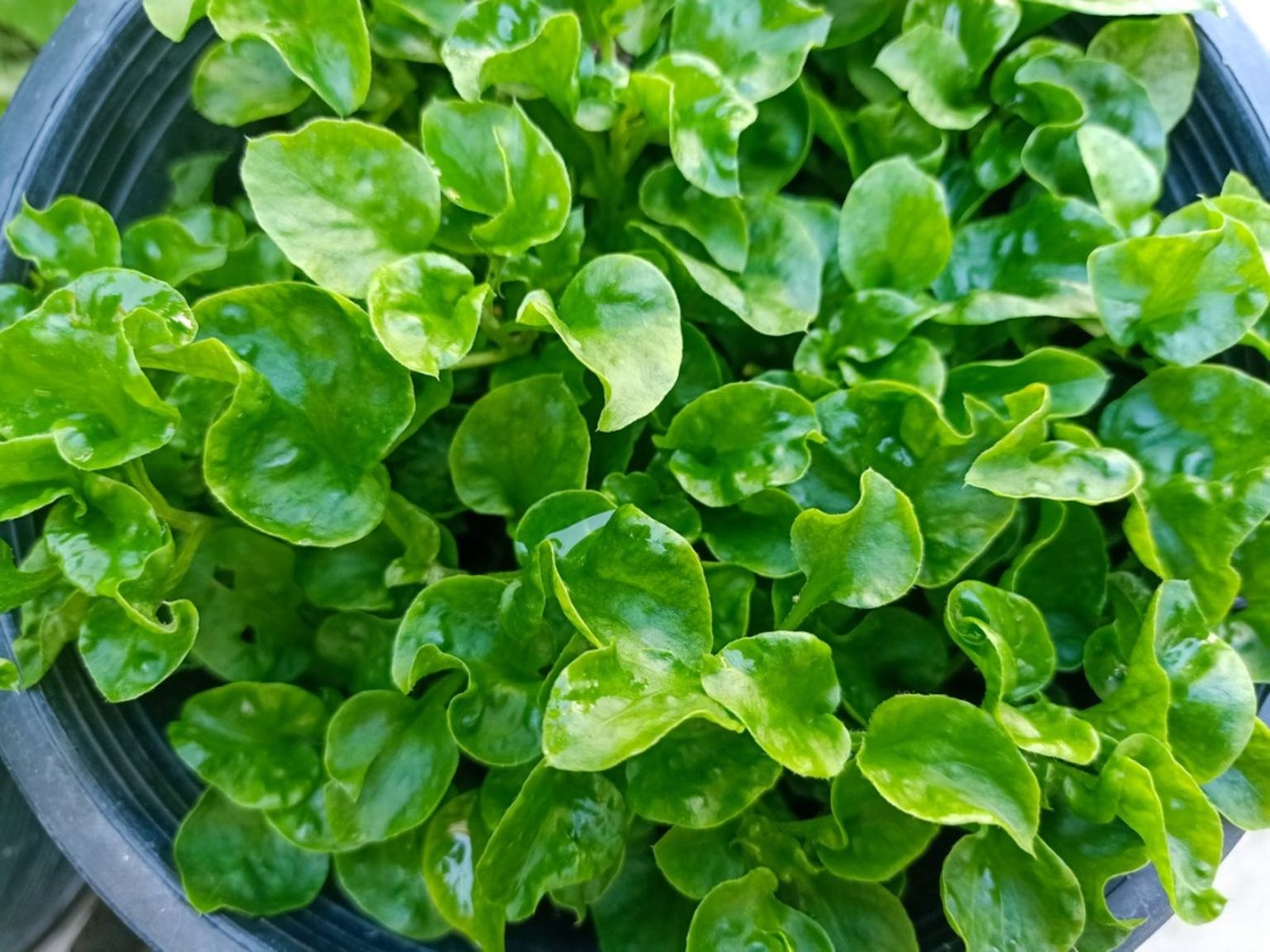Food is increasingly getting more expensive, and the burden of grocery bills weighs heavier on household budgets. In this case, wouldn’t it be a relief if you could lower the cost and still access the foods you need?
Here is an idea: you could grow vegetables from scraps. With a bit of knowledge and patience, you can transform scraps into thriving plants, reducing waste and enjoying the satisfaction of homegrown produce.
It is not just a thrifty endeavor but also a way to live sustainably and self-sufficiently. Below are vegetables you can grow from scraps.
20 Vegetables You Can Grow From Scraps
1. Lettuce
Don’t toss out the bottom of your lettuce heads. Instead, place the lettuce base, where the leaves meet the stem, in a shallow dish filled with water.
After that, place the dish in a sunny location, such as a windowsill or balcony, with plenty of natural light. Change the water in the dish every day or every other day to prevent stagnation and keep the lettuce base healthy.
Read More:
- How To Amend Clay Soil For Gardening
- How To Start A Garden For Beginners Step By Step
- Growing Vegetables In Pots For Beginners
2. Scallions/ Green Onions
After using the green portions of the onions for cooking, save the bottom white portion, at least an inch of the white portion, including the roots. Stand the green onion scraps upright in a container with the roots pointing down.
Next, add enough water to cover the roots while exposing the top green portion to the air. Keep the pot in a sunny area.
3. Celery
Even the most experienced gardeners find it easier to grow celery from scraps than seeds. Insert the celery base in a shallow water dish with the cut side submerged. Let it sit in the sunlight, and regularly replace the water to avoid stagnation. You’ll notice new leaves sprouting from the center within a few days.
Transplant the lettuce into the soil once the roots are established for continued growth.
4. Garlic
You only need a single garlic clove to grow garlic. Therefore, pull out one clove from a garlic bulb and put it in the ground with well-draining soil and full sunlight. Let the root end face down and the pointy end downward.
As the garlic grows, it will develop into a bulb. Harvest the garlic bulbs when the tops become yellow and dry.
5. Ginger
Did you buy more ginger than you need? If so, freeze them for later use or regrow them for an even bigger supply.
Cut a healthy ginger rhizome with plump, firm pieces and some buds into tiny pieces, ensuring every piece has one or two eyes. Let the cut pieces dry for 1-2 days, and then plant the ginger pieces in a pot filled with well-draining soil.
6. Carrots
The carrot tops we often cut out and discard are actually useful as you can regrow them into new carrots. So, when cutting the carrot tops, leave about an inch of the crown intact, and then place them in a dish with water.
Submerge the cut ends in water and keep the leafy tops above the waterline. Transplant the carrot tops into the soil once the roots become well-established and the new growth is thriving.
8. Tomatoes
Extract tomato seeds from ripe tomatoes, then plant them in the ground to grow new plants. If possible, use organic tomatoes, as they tend to have higher success rates due to fewer chemicals.
Rinse the seeds and dry them before then sow them in a shallow container filled with potting mix, ensuring you cover them with a thin layer of soil.
8. Potatoes
When it comes to growing potatoes from scraps, you have two options: chunky potato peel sections or potato peelings with eyes. Cut the potato peelings into pieces, each containing at least one or two eyes, or slice a whole potato into pieces, ensuring each piece has at least one sprouted eye.
Plant them in a pot or raised bed at a location with well-draining soil and full sunlight.
9. Sweet Potatoes
Sweet potatoes are easier to grow than potatoes since the eyes are not necessary. The easiest way to grow this vegetable from scraps is to use a healthy, organic sweet potato. Let the piece sit in a warm, humid location with indirect sunlight for a few weeks to encourage sprouting.
Gently twist or wiggle the sprouts to separate them from the sweet potatoes, then submerge them in water. Transplant them into a raised bed or container after a week or two.
10. Bok Choy
You can grow this tasty, nutritious vegetable from the plant’s leftover base. Cut off the Bok Choy’s bottom inch and submerge it halfway in a dish with water, then transplant it in a pot filled with well-draining soil after the roots reach a couple of inches long.
11. Bell Peppers
They are sweet, crunchy, and vibrant, and you can have them growing in your garden. Save the seeds from your bell peppers, dry them, and plant them in warm, well-draining soil. Bell pepper seeds require around 70-80°F (21-27°C) to germinate successfully.
Seedlings will sprout in a few weeks. Remove the weaker seedlings; this will give the strongest ones sufficient room to thrive.
12. Turnips
Use turnips with firm, smooth skin and vibrant green tops to grow turnips from scraps. You will need to salvage turnip tops (leave about 1 to 2 inches of the stem attached to the greens) and put them in a water jar.
Top up the water as necessary to keep the bottoms of the turnip tops submerged. Transplant the turnips once the roots develop and elongate.
13. Leeks
Place the root end of a leek in water, and you’ll observe new growth after a while. This vegetable regrows the same way as green onions but takes longer due to their sheer size. As your leeks grow, gradually mound soil around the plant base to blanch the stems, thus helping produce longer, tender white stems.
Your leeks will be ready to harvest within 90-120 days after planting.
14. Beets
Don’t discard the beet tops of fresh beets. Instead, plant them in water, then transfer them to the ground once the roots emerge. Beets prefer cool weather and thrive in 50°F to 75°F (10°C to 24°C) and well-drained, loose soil with plenty of organic matter.
Beets are typically ready to harvest in 7 to 10 weeks.
15. Turmeric
Since turmeric is a tropical vegetable, it would be best to grow it indoors if you live in a cooler climate. Also, grow it in a well-draining, loamy soil mix. Plant the turmeric rhizome pieces with the bud facing upwards in pots or directly into the ground.
The turmeric will take 8-10 months to be ready for harvest. Once ready, gently dig out the rhizomes from the soil.
16. Fennel
You must keep the roots intact to grow fennel from scraps. Save the bulbous bottom when you cut off the fennel stalks and fronds for cooking, submerge it in water, and let it sit in direct sunlight.
Once they grow strong roots and the shoots are a few inches tall, transplant the fennel base directly into the ground or a well-draining potting soil-filled container.
17. Bean Sprouts
You can easily grow your own bean sprouts at home from dried beans or seeds. Thoroughly wash the beans in cold water to remove debris, then soak them overnight. The following morning, drain the water and return the beans to the container.
Cover the container overnight, and rinse the beans the next morning. Repeat this process until you observe sprouts beginning to emerge. Continue this routine until the sprouts reach your desired size.
18. Lemongrass
If you successfully grow lemongrass, you will have a steady supply. Lemongrass grows like grass. Trim the lemongrass stalks’ leafy tops, leaving about 6-8 inches of the stalk intact, and submerge them in water.
You should transplant the lemongrass once new growth emerges, typically after a week or two.
19. Cabbage
Although cabbages are usually grown from seeds, you can regrow them from the base of the cabbage head. Cut the cabbage head’s bottom, taking out around 1-2 inches but ensuring the core stays intact.
Cover the bottom of the cabbage base with water, but do not submerge it completely. Gently remove the cabbage base from the water after it develops roots and plant it in a garden bed with well-draining soil. Since cabbage plants prefer evenly moist soil, water them regularly, especially during dry periods.
20. Watercress
This semi-aquatic plant is relatively easy to grow, needs minimal maintenance, and can grow from scraps. Put leftover watercress stems to grow roots, and then transplant them in a pot with well-draining soil.
Keep your watercress plants in indirect sunlight or partial shade because they prefer cooler temperatures and tolerate some shade. When your watercress matures enough for harvest, harvest them regularly to encourage new growth and ensure a continuous supply.
Summary
Growing your own vegetables is exceptionally satisfying and sustainable, and kitchen scraps are vital. Therefore, the next time you prepare a meal, think twice before discarding those vegetable scraps. You can turn them into a thriving garden with fresh, healthy vegetables, ranging from alliums, tomatoes, lettuce, cabbages, and potatoes to garlic and ginger.

Hey there, fellow plant enthusiasts! I’m Rachel, the green-thumbed writer behind Rooted In Garden. With a deep-rooted love for all things botanical, I’ve made it my mission to help you cultivate a thriving collection of houseplants. As a devoted plant parent myself, I understand the joys and challenges that come with nurturing these leafy wonders. Whether you’re a succulent aficionado, an orchid enthusiast, or simply adore all potted flora, join me on this journey as we explore the secrets to growing and caring for our beloved green companions. Together, let’s create a flourishing oasis indoors.

